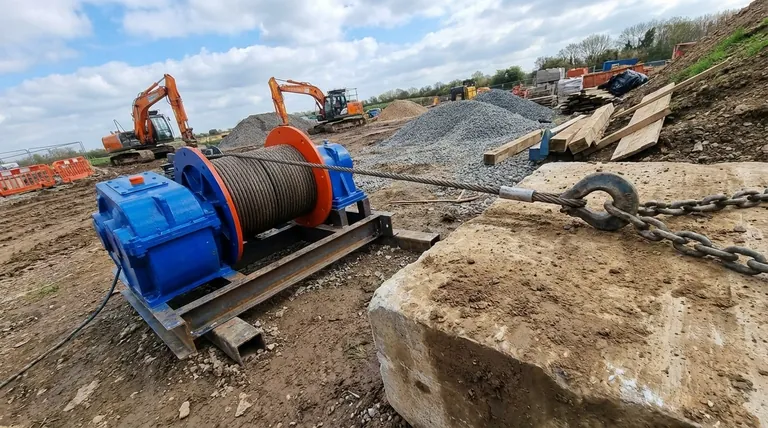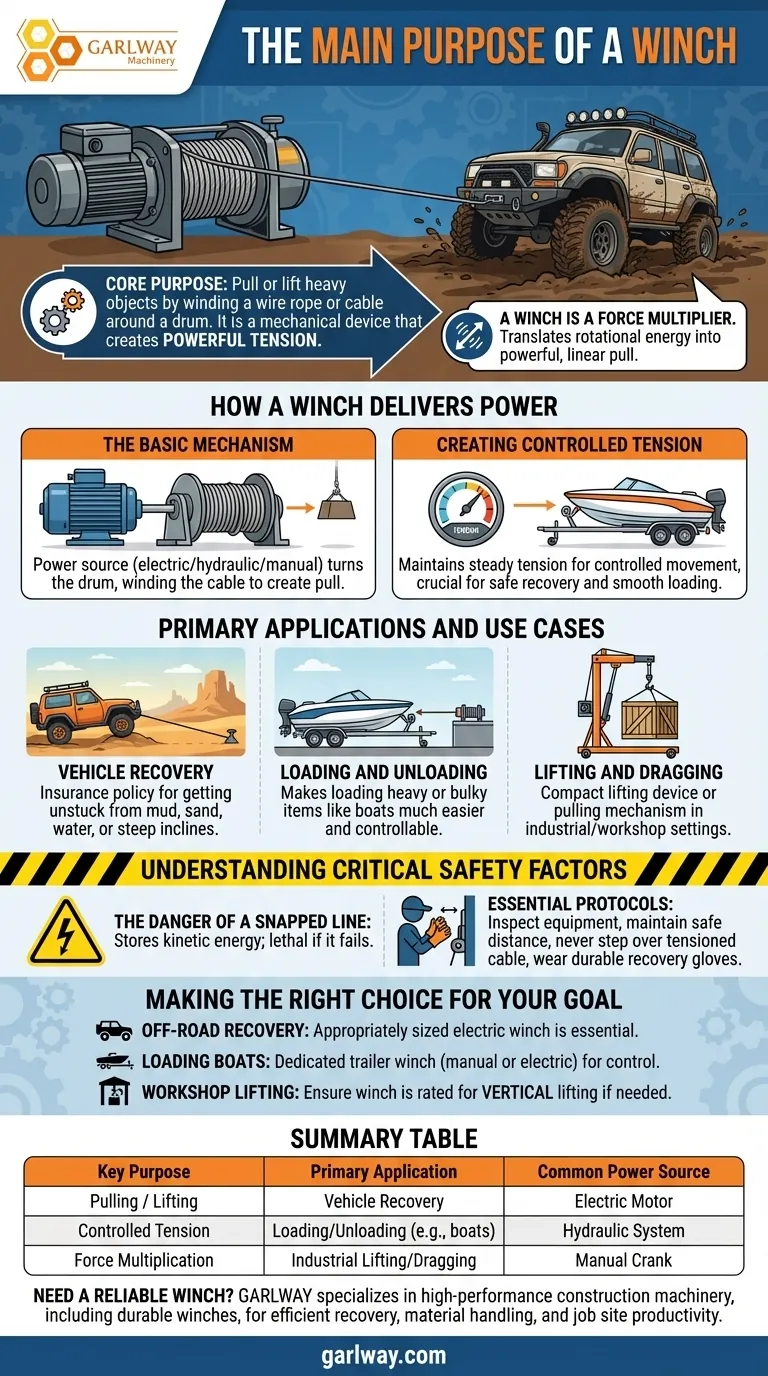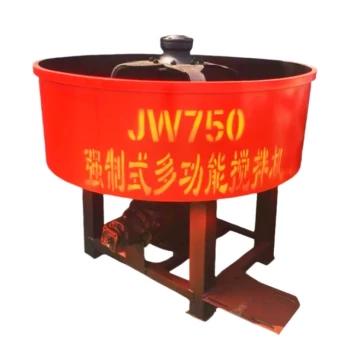At its core, the main purpose of a winch is to pull or lift heavy objects by winding a wire rope or cable around a drum. It is a mechanical device that uses this winding action to create powerful tension, allowing you to move vehicles or items that are otherwise stuck, too heavy, or on a difficult incline.
A winch is a force multiplier. It translates rotational energy from a motor or hand crank into a powerful, linear pull, providing the mechanical advantage needed to recover stuck vehicles, load heavy equipment, and lift materials safely and efficiently.

How a Winch Delivers its Power
A winch's design is simple yet highly effective. Understanding its core components clarifies how it accomplishes these demanding tasks.
The Basic Mechanism
A winch consists of a drum, a length of strong cable or rope, and a power source. The power source (be it an electric motor, hydraulics, or a manual crank) turns the drum.
As the drum rotates, it neatly winds the cable around itself. This winding action is what pulls the object attached to the other end of the cable.
Creating Controlled Tension
The device is designed to wind the cable while maintaining steady tension. This controlled force is crucial for safely recovering a multi-ton vehicle from mud or smoothly loading a heavy boat onto a trailer.
Primary Applications and Use Cases
While often associated with off-road trucks, winches serve several distinct purposes across different fields.
Vehicle Recovery
This is the most recognized application. For off-road driving and overlanding, a winch acts as an insurance policy for getting a vehicle unstuck from mud, sand, water, or a steep angle where it cannot move under its own power.
Loading and Unloading
Trailer winches are specifically designed to make loading and unloading heavy or bulky items, like boats, much easier. The controlled pull allows a single person to guide a large boat onto its trailer, a task that would be nearly impossible otherwise.
Lifting and Dragging
In industrial or workshop settings, a winch can be used as a small lifting device. It can lift heavy objects vertically or drag them horizontally or up an incline, serving as a compact crane or pulling mechanism.
Understanding the Critical Safety Factors
The immense force generated by a winch makes safety the single most important consideration during its operation. The tension on the cable is extremely dangerous if not respected.
The Danger of a Snapped Line
A winch line under load stores a tremendous amount of kinetic energy. If the cable fails, it can whip back with lethal force.
Essential Safety Protocols
Never rush the winching process. Always inspect your equipment before use to ensure it is in good working order.
Maintain a safe distance from the winch line during operation. Never step over a cable that is under tension.
Always wear durable recovery gloves. This protects your hands from friction burns and sharp burrs that can develop on a wire rope.
Making the Right Choice for Your Goal
To select the right tool, you must first define its primary job.
- If your primary focus is off-road vehicle recovery: An electric winch sized appropriately for your vehicle's weight is an essential piece of self-recovery equipment.
- If your primary focus is loading a boat onto a trailer: A dedicated trailer winch, either manual or electric, provides the control needed for smooth and safe loading.
- If your primary focus is workshop lifting or pulling: Ensure you choose a winch specifically rated for vertical lifting, as many vehicle recovery winches are designed only for horizontal pulling.
Understanding a winch's purpose is the first step toward using this powerful tool effectively and, most importantly, safely.
Summary Table:
| Key Purpose | Primary Application | Common Power Source |
|---|---|---|
| Pulling / Lifting | Vehicle Recovery | Electric Motor |
| Controlled Tension | Loading/Unloading (e.g., boats) | Hydraulic System |
| Force Multiplication | Industrial Lifting/Dragging | Manual Crank |
Need a reliable winch for your construction or recovery needs? GARLWAY specializes in high-performance construction machinery, including durable winches, concrete mixers, and batching plants designed for contractors and construction companies worldwide. Our winches deliver the power and safety features required for demanding tasks—ensuring efficient vehicle recovery, material handling, and job site productivity. Contact us today to find the perfect winch solution for your projects!
Visual Guide

Related Products
- Electric and Hydraulic Winch for Heavy Duty Applications
- Warn Winch Windlass Boat Trailer Winch
- Electric 120V Boat Winch by Badlands
- Best 18000 Pound Drum Anchor Trailer Winch
- 12000 lb Heavy Duty Electric Boat Winch
People Also Ask
- What is the difference between electric winch and electric hoist? Essential Safety & Application Guide
- How is an electric winch powered? Unlock the Power Conversion System for Heavy Lifting
- How to maintain an electric winch? Ensure Peak Performance & Reliability for Your Projects
- How long can you run an electric winch? Master Safe, Efficient Vehicle Recovery
- Do electric winches have brakes? Essential Safety for Your Heavy-Duty Pulling



















